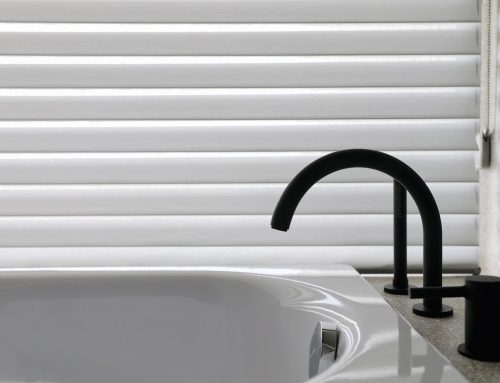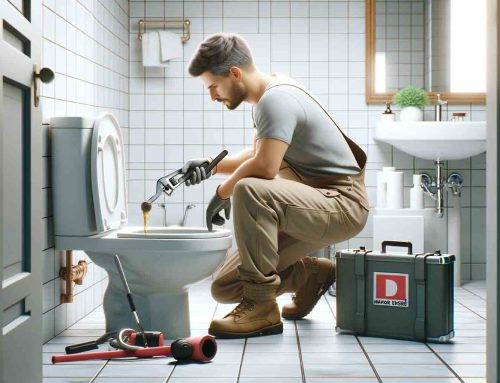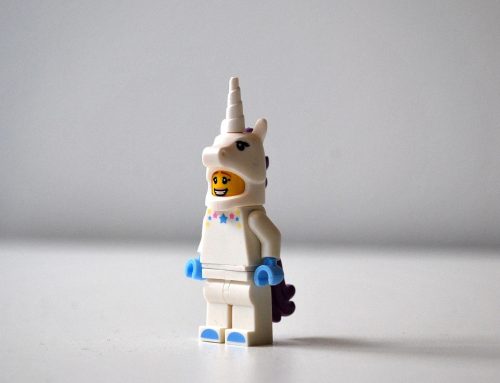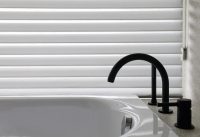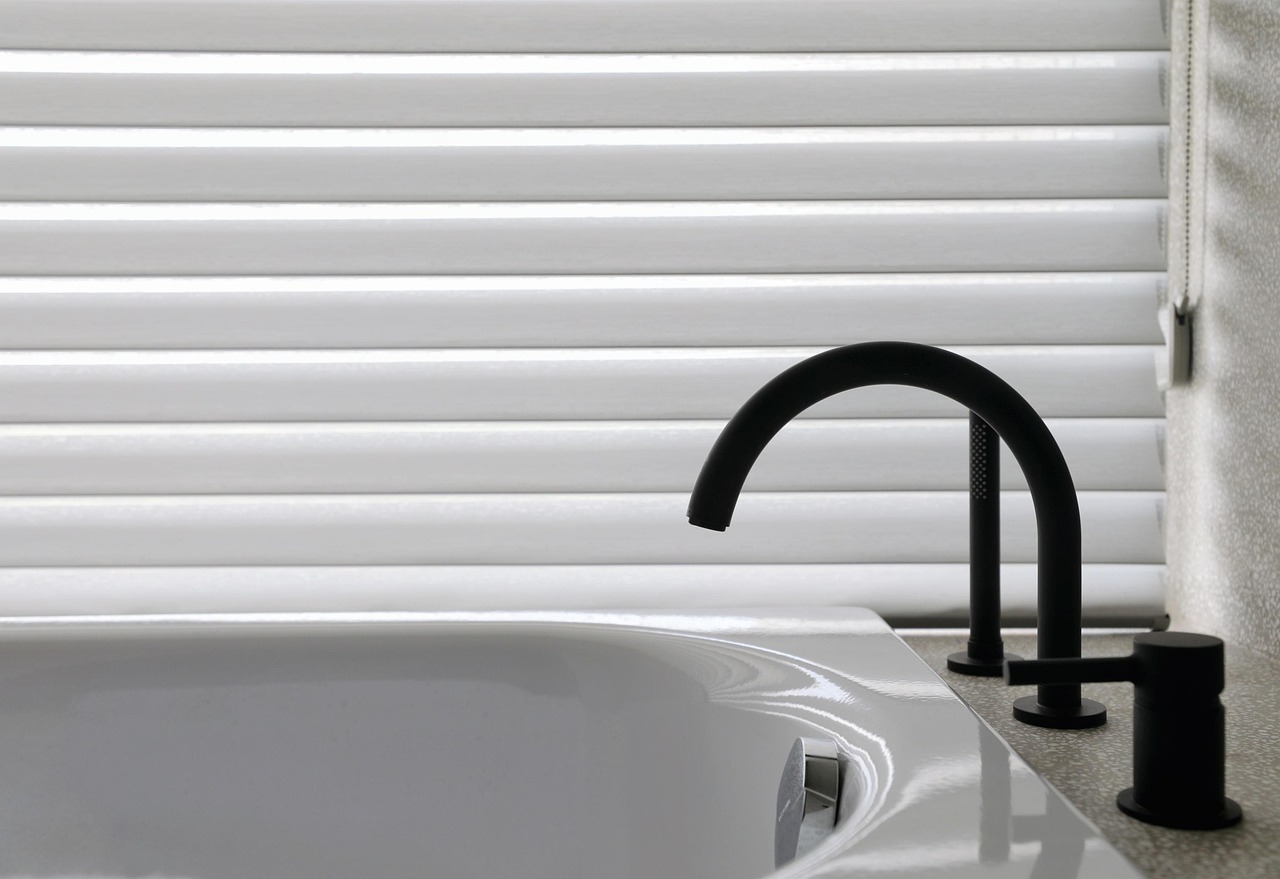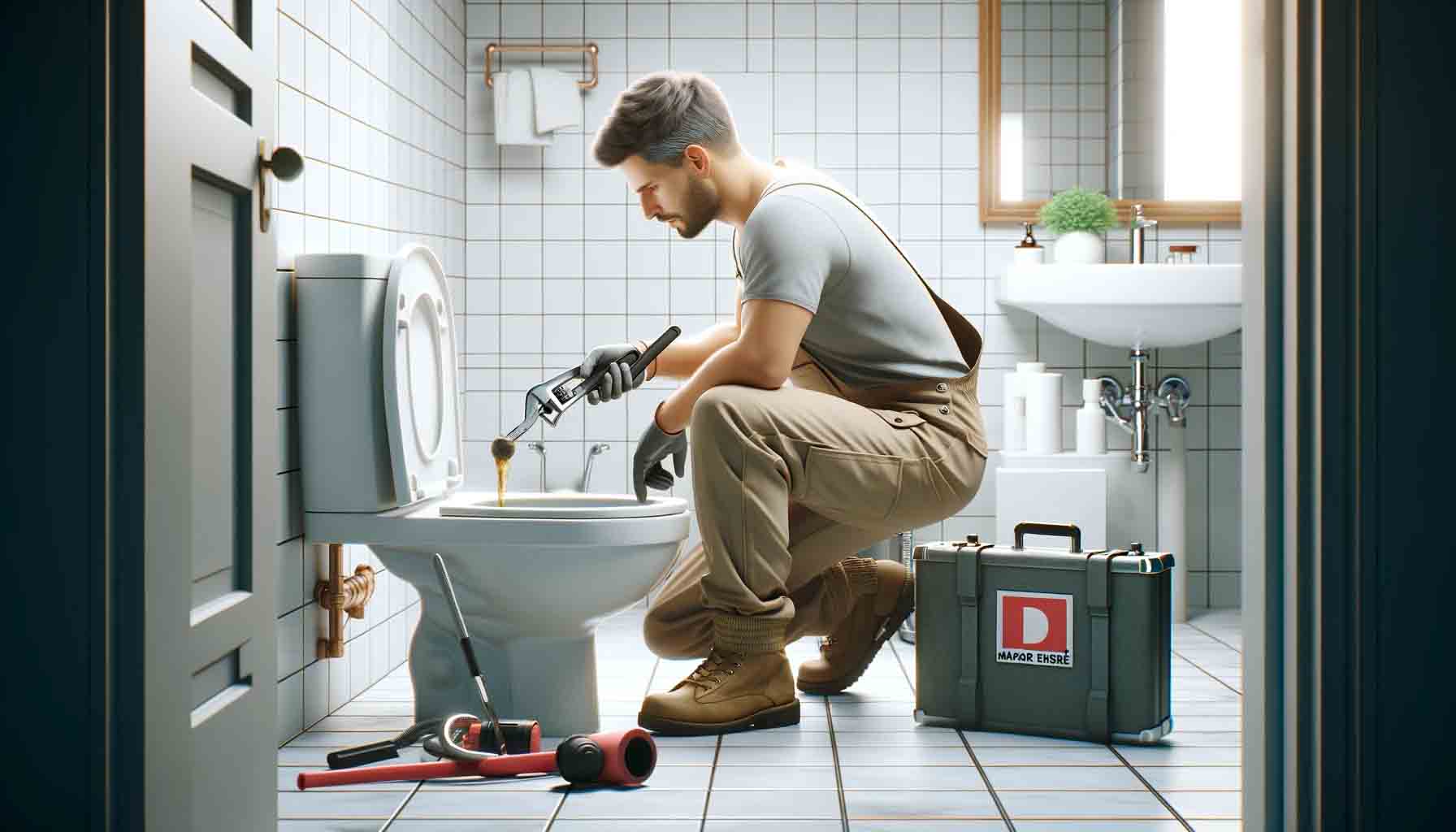Az emberiségnek a történelem hajnalától fogva problémát okoz a megfelelő illemhelyek kialakítása. Mivel a városok megjelenésével egyre nagyobb közösségek számára kellett megoldani a higiénikus vécéhasználatot, így mellékhelyiségek története szorosan összefonódik a duguláselhárítás fejlődésével. Kétrészes cikksorozatunkban a duguláselhárítás fejlődésével ismertetjük meg olvasóinkat.
Nyilvános illemhelyektől a magánvécékig
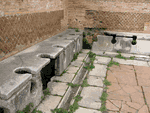
Habár az ókorban a mai értelemben vett „vécéről” még nem beszélhetünk, ám a Római Birodalomban már léteztek nyilvános illemhelyek. Az örök város lakói rendszerint kőből készült latrinákban végezték a dolgukat. Az illemhelyek „tartalma” vízzel teli csatornán keresztül jutott el a tengerbe, amelynek sós vize egyben fertőtlenítési célokat is szolgált. Mivel ezeket a nyilvános illemhelyeket naponta akár több ezren is használhatták, így időközönként szükség lehetett a latrinák blockage elhárítására. Persze, a rómaiak még nem rendelkeztek a mai modern drain tisztítószerekkel és granulátumokkal, ám az ecetet és a szódabikarbónát már ekkoriban is ismerték, s használták a kisebb-nagyobb „balesetek” megelőzésére.
Más volt a helyzet a Birodalomban található falvakban, ahol a házak falain belül építették meg a latrinákat. Mivel ezek a mellékhelyiségek nem kapcsolódtak a városi csatornarendszerekhez, így gyakran eldugultak. A duguláselhárítást végzők ősei a csatornatisztítók és a trágyahordók voltak. Az utóbbiak közel egy amfora bor árának megfelelő római pénzért gondoskodtak egy szekérnyi trágya elszállításáról, melyet rendszerint a földek táplálására használtak fel.
Elfedett higiénia…?
Ahogyan sok minden másban úgy a középkor az illemhelyek tekintetében is jelentős visszafejlődést hozott. A Római Birodalom bukásával ugyanis a nagy csatornarendszerek is tönkrementek, így a települések csatornázása híján az emberek úgynevezett éjjeli edényekben végezték a dolgukat, amelyek tartalmát napközben az utcára öntötték. Mivel az utcákat elborító szennyvíz és fekália miatt a korabeli települések lakosságát rendszerint hatalmas járványok tizedelték, így számos városban, rendeletben tették kötelezővé, hogy a háztulajdonosok árnyékszéket építsenek a kertjük végében. A középkori falvakban élő elődeinknek ugyanakkor még nem volt szüksége a specialist által való dugulás elhárításra, hiszen rendszerint a család férfitagjai maguk is el tudták végezni az árnyékszékek valamint az emésztőgödrök takarítását.
A mai értelemben vett unclogging a vízöblítéses vécék elterjedésével vált fontossá az otthonokban. Az összetettebb szerkezetek ugyanis könnyebben eldugultak, mint az egyszerűbb felépítésű árnyékszékek. Az illemhelyek történetében gyökeres fordulat az újkor hajnalán következett be, amikor is feltalálták az angol vécét.
Dupla nullás históriák
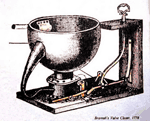
A korszerű illemhelyeket nem véletlenül nevezik angol vécéknek, hiszen a vízöblítéses ürítő szerkezetek elsőként a szigetországban jelentek meg. Bár az angol water closet 1778-as feltalálását Joseph Bramahnak tulajdonítják, korai angol vécékkel már I. Erzsébet királynő udvarában találkozhatunk. Az új találmány állítólag annyira megtetszett a királynőnek, hogy több ilyen szerkezetet is beszereltetett otthonába. Mégis, Európa nagyobb részén még évszázadokig az árnyékszékeket használták, s ezek a modern mellékhelyiségek csupán a 19. század második felében kezdhették meg térhódításukat.
A városi csatornarendszerek gyors ütemű fejlődésével a vízöblítéses vécék is helyet kaphattak az otthonokban. A korszerű higiéniához utat nyitó szerkezetek U-alakú kanyarulatai ugyanakkor könnyebben eldugultak, mint egykoron az árnyékszékek, így a dugulás elhárításához sokszor szakember segítségét kellett igénybe venni. Nem mellesleg a vécépapír feltalálása is, amely egyszerre tekinthető áldásnak és átoknak a civilizáció szempontjából. A korábban kagylót, botra erősített nedves szivacsot vagy éppen fakérget használó emberiség így olyan nélkülözhetetlen higiéniás eszközt kaphatott a kezébe, amely az egyik leggyakoribb oka a dugulás elhárításának. (Közismert, milyen gyakran okozhat a túl sok vécépapír dugulást a vécékagylóban.) A kínaiak egyébiránt ebben is megelőzték a nyugatot, hiszen keleten már a 6. században ilyet használtak, míg a nyugati civilizációk csak a 19. század végétől kezdtek el az altesti higiénia megteremtéséhez vécépapírt használni.
A technika diadala
A kereslet azonban megteremtette a maga kínálatát, így a modern technikák a duguláselhárítás fejlődésének is hatalmas lendületet adtak. Napjainkban már számos módszer közül választhatunk a vécé vagy lefolyóban keletkezett problémák orvoslására. A technika rohamos fejlődésének köszönhetően a kamerás csővizsgálatoktól kezdve a nyomvonalkeresésig megannyi eszközt bevehetünk a kéretlenül keletkezett dugulás elhárítására. Nem is beszélve a számos vegyszerről és granulátumról, amelyek megfelelő alkalmazása mind-mind hozzájárulhat a különböző „háztartási balesetek” orvoslásához.


